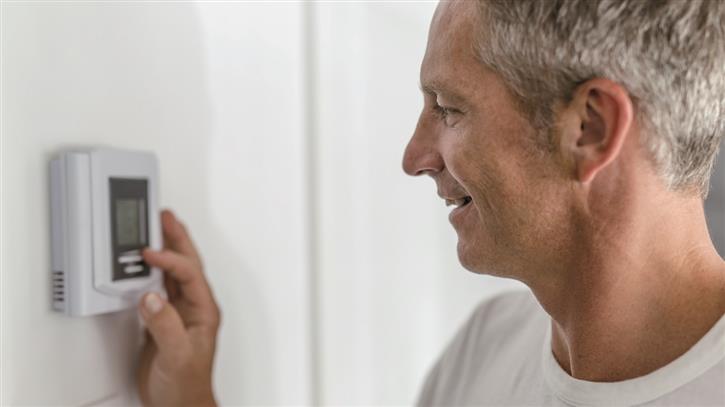


With changing technologies and legislative requirements, ‘smart’ can be misleading. So, what exactly is a smart thermostat? Colin Timmins, H&V Portfolio Manager at BEAMA, investigates.
What exactly is a smart thermostat? It’s a pertinent question given that smart thermostats of one form or another have been increasingly available on the market in recent years, and it became even more important earlier this year when one of the Boiler Plus definitions included that very phrase.
The phrase ‘smart’ has been applied to all sorts of devices, from meters to kettles, and you can even buy a range of ‘smart’ water bottles. While a specific definition is yet to emerge, there does seem to be a growing technical consensus that it means: “a device with connectivity that is also capable of some form of autonomous operation”.
While being ‘smart’ is important for consumer products these days, it is important that any definition is flexible enough to allow innovation, while also giving consumers a general idea of what benefits they should expect.
When the Boiler Plus requirements were introduced into the Domestic Building Services Compliance Guide (DBSCG) in April 2018, one of the optional control types for a combination boiler in an existing building was a “smart thermostat with automation and optimisation”.
Initially we believed that it was the Department of Business, Energy and Industrial Strategy’s (BEIS) intention that the automation and optimisation components, which were fairly clearly specified, were what the department believed made a smart thermostat. This seemed to be the case when reading the Impact Assessment, which says that “smart controls are a broad range of products which combine (but are not limited to) room thermostat, central timer, and one/or both of: automation or optimisation functionalities. Additional features can include external communication connectivity, learning algorithms, etc.”
However, in July this year, BEIS updated its factsheet on Boiler Plus to suggest that they are thinking of more than this. The update said: “BEIS considers smart thermostats to be products that let consumers remotely control their home temperature via a tablet, smartphone or desktop for greater control over the central heating system.”
It then goes on to note that “the wording of the DBSCG does not reiterate this description, as there is no one definition of smart technology that is accepted by all. However, there is a common understanding among consumers and traders of what it means for a product to be smart”.
The second part of this is very important, as it makes the point that this is the opinion of BEIS, and is one that may be widely held, but installers still have flexibility to find equivalent solutions. Something that is in line with how the Compliance Guide needs to be interpreted.
BEAMA has been working with other industry partners, such as the Heating and Hotwater Industry Council, to develop a set of functional definitions for controls. These can be found on the BEAMA website. The aim of these is to break down the individual technological functions that can sit inside a control device, such as a room thermostat.
This will allow for much greater clarity in policy definitions as it will be easier to define exactly what is required, and over time will set a framework for defining the energy saving potential of different functions – something that can currently be a bit opaque.
The functional definitions also indicate which functions can be seen as smart. These cover the aforementioned aspects of connectivity and autonomous operation, as well as user interface elements, such as remote control, highlighted in the BEIS factsheet. Using these functional definitions for the smart thermostat in Boiler Plus allows us to reflect the BEIS view of a smart control as one that, from a functional perspective, must include remote access for the consumer plus a form of connectivity.
It is important to recognise that the Domestic Building Services Compliance Guide clearly states that it focuses on common technologies but does not endorse these, nor exclude other innovative technologies that could provide an alternative way of meeting the requirements. The functional definitions now provide a list of smart functions that will help installers identify other ways to deliver a smart thermostat.
It still remains the case that Building Control has the final say on any approach taken, but installers now have clearer guidance on what alternative options exist if they want to provide what they consider to be a better, smarter solution for compliance.
If you'd like to keep up-to-date with the latest developments in the heating and plumbing industry, why not subscribe to our weekly newsletters? Just click the button below and you can ensure all the latest industry news and new product information lands in your inbox every week.